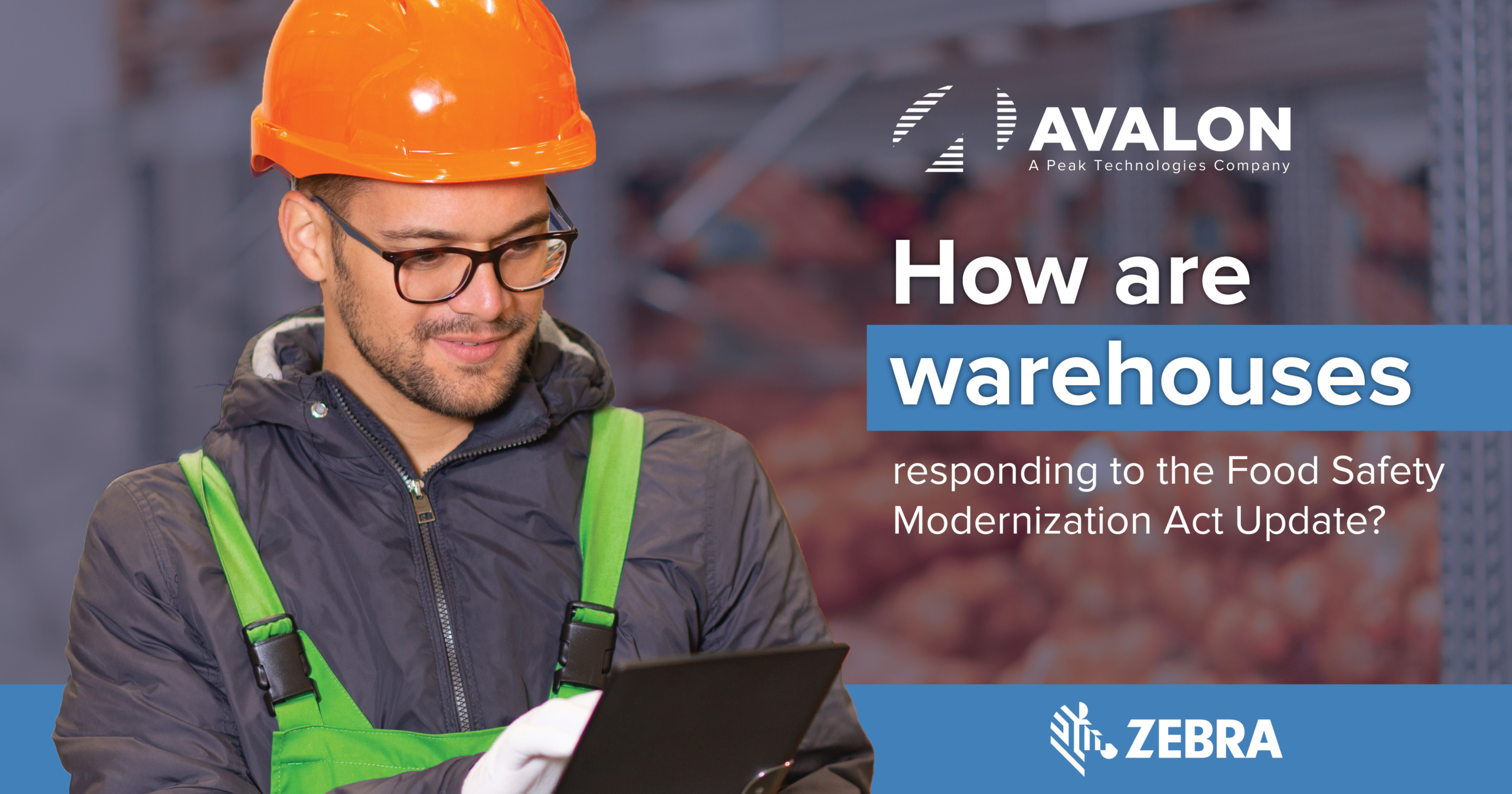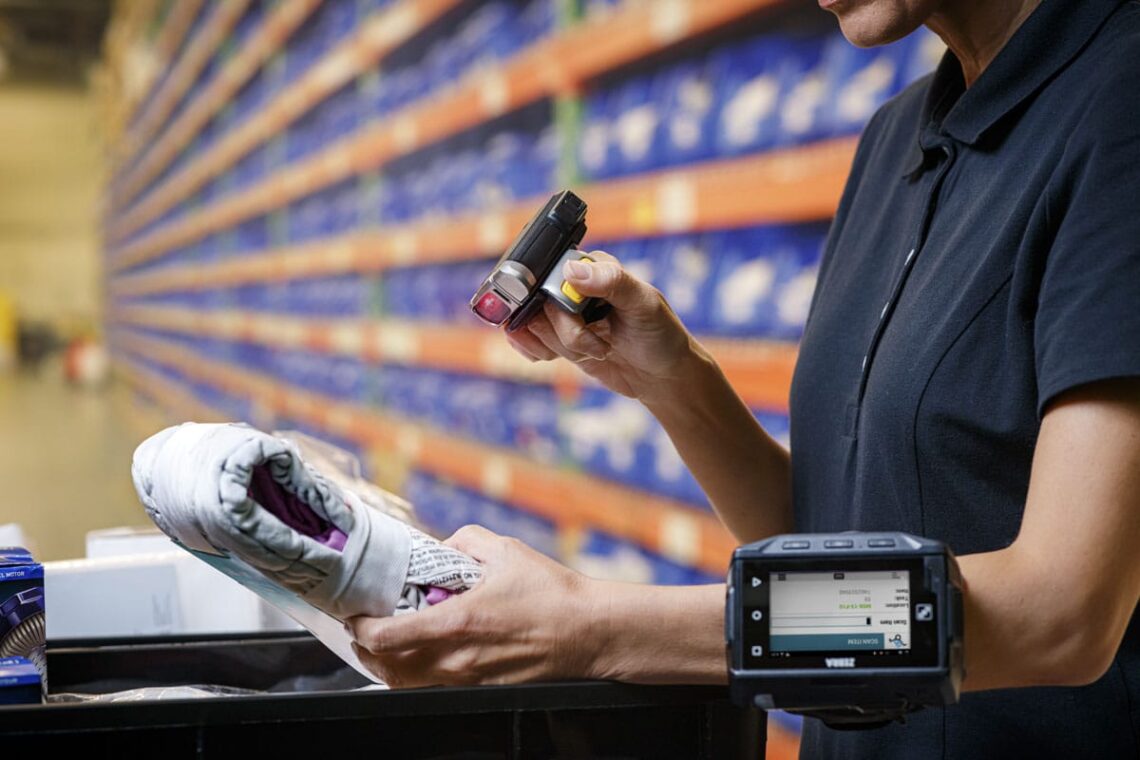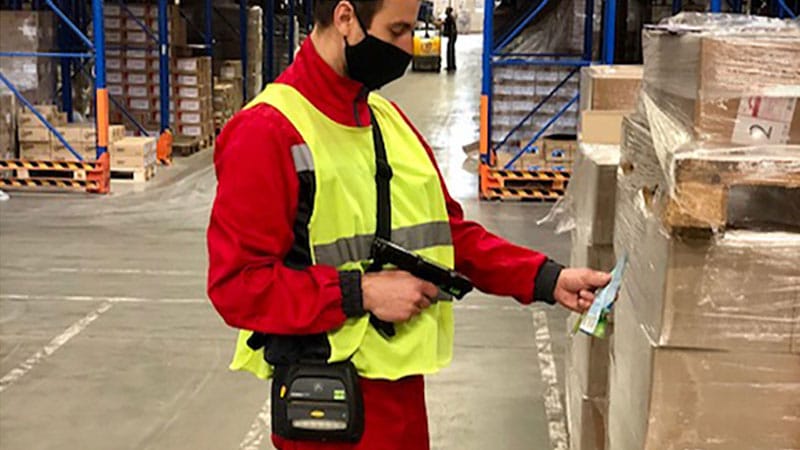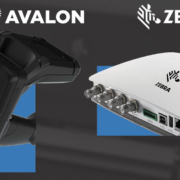The U.S Food and Drug Department (FDA) estimates that nearly 1 in 6 Americans suffer from a foodborne illness per year, resulting in about 128,000 hospitalizations and 3,000 deaths. Needless to say, there is no place for compromise within food safety parameters. Studies show that a mere 20% of consumers completely trust manufacturers to ensure proper safety measurements, and 60% avoid businesses responsible for even one illness incident. To combat illnesses and restore buyer confidence, the FDA has now shifted its focus to proactively preventing illnesses from festering within the manufacturing and distribution process as opposed to simply targeting system breakdowns. Per the updated Food Safety Modernization Act, supply chains will be expected to enhance track-and-trace systems to record and store data for up to 2 years by November of 2022. Data should be retrievable within 24 hours to enable quick farm-to-table traceability. To achieve this, businesses are encouraged to strengthen the following pillars of dependable traceability:
- Monitor growing/manufacturing process to ensure only verified ingredients are used.
The FDA’s Food Traceability List allows manufacturers to prioritize real-time visibility for at-risk foods within the very first steps of production. Freezer-ready technologies like the MC9300 can help streamline inventory control by combining data capture and processing onto one digital platform. Rugged labels should also be employed to preserve barcode readability, so ingredients can be verified during production.
2. Optimize communication at the receiving dock, so products are not idly waiting in dangerous temperatures.
Just-in-time replenishment has become evermore commonplace in most distribution centers, which means teams must be able to effectively communicate when items arrive to prevent spoilage or inventory loss. Whether it be through automatic alerts via handhelds or group calls through a push-to-talk system, team communication at the loading dock ensures food safety measures are carried out the moment products arrive.
3. Track handling process for at-risk foods such as shellfish, fruit, leafy greens, eggs, cheese, and ready-to-eat salads.
For real-time inventory management, RFID and locationing systems prove to be indispensable. Because RFID tags can hold as many as 40 different codes per tag, RFID systems empower teams to track multiple status points for each product at once to see if they were handled properly. Automated data recording further simplifies future auditing since data can be retrieved automatically with less risks for error.
4. Notify delivery teams and other members in the supply chain of shipping timeframes and inventory status.
These FDA changes have placed greater responsibility on the entire supply chain, which means proper tracking must extend beyond the four walls. This is where Bluetooth-powered technologies like Zebra’s Electric Temperature Monitoring Sensors prove highly beneficial as businesses can track transportation temperatures in real-time to prevent spoilage.
Regardless of how you choose to approach food safety, one thing is certain: Visibility is key. Whether it be through enhanced group communication or real-time inventory tracking, businesses must quickly adopt to establish proper food safety standards. For more information on how you can optimize your workflows to comply with the Food Safety Modernization Act, contact our automation specialists here.














